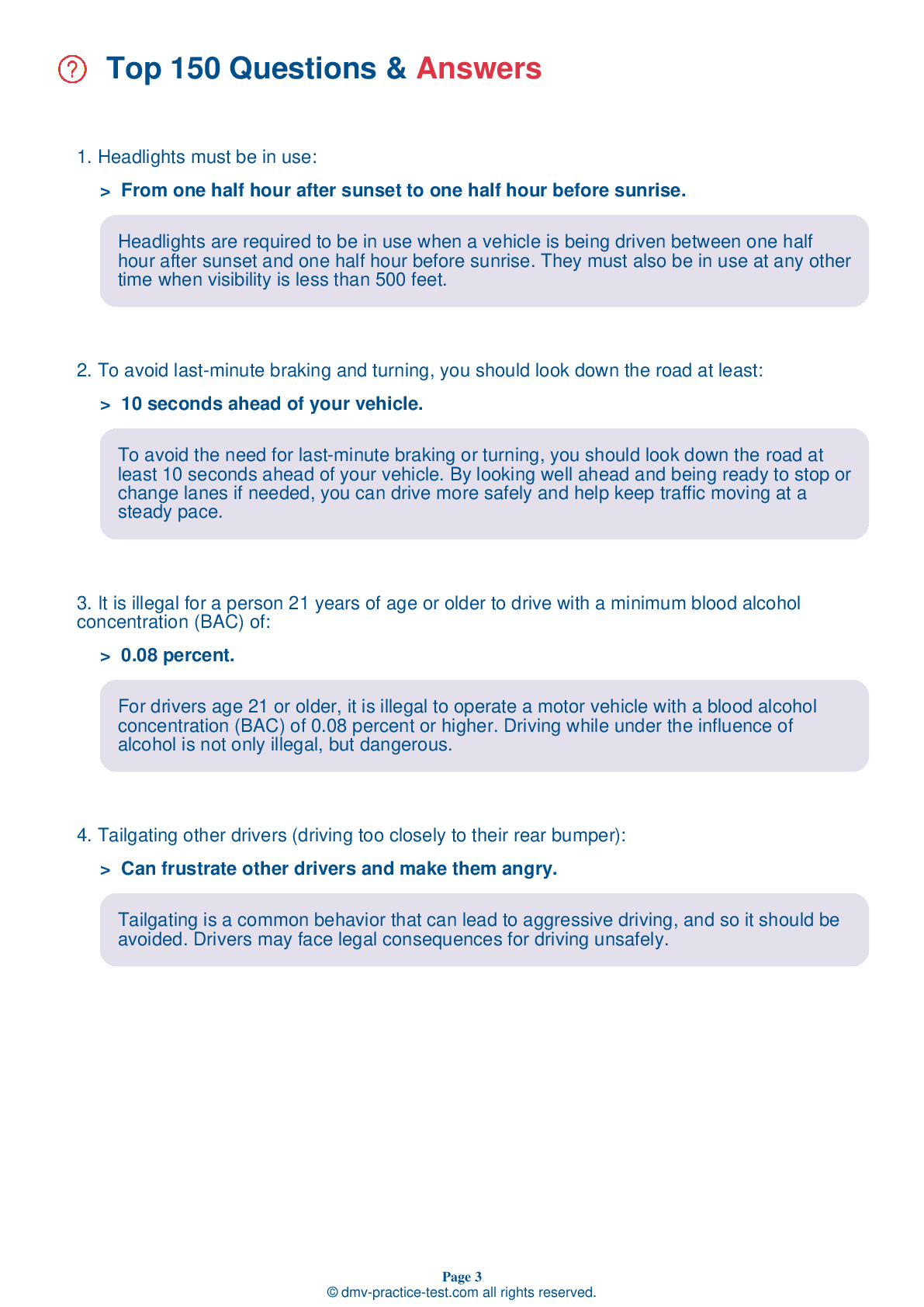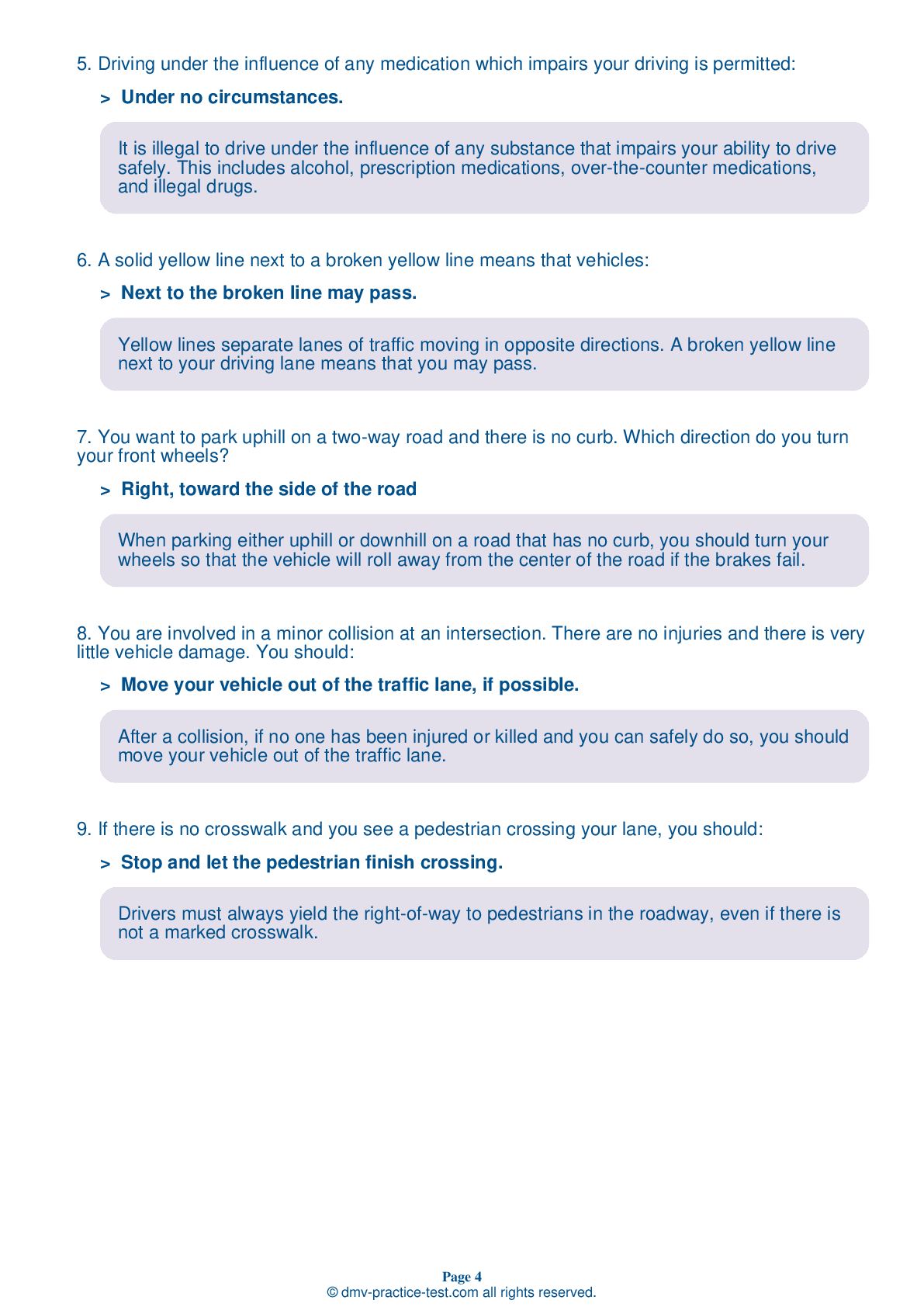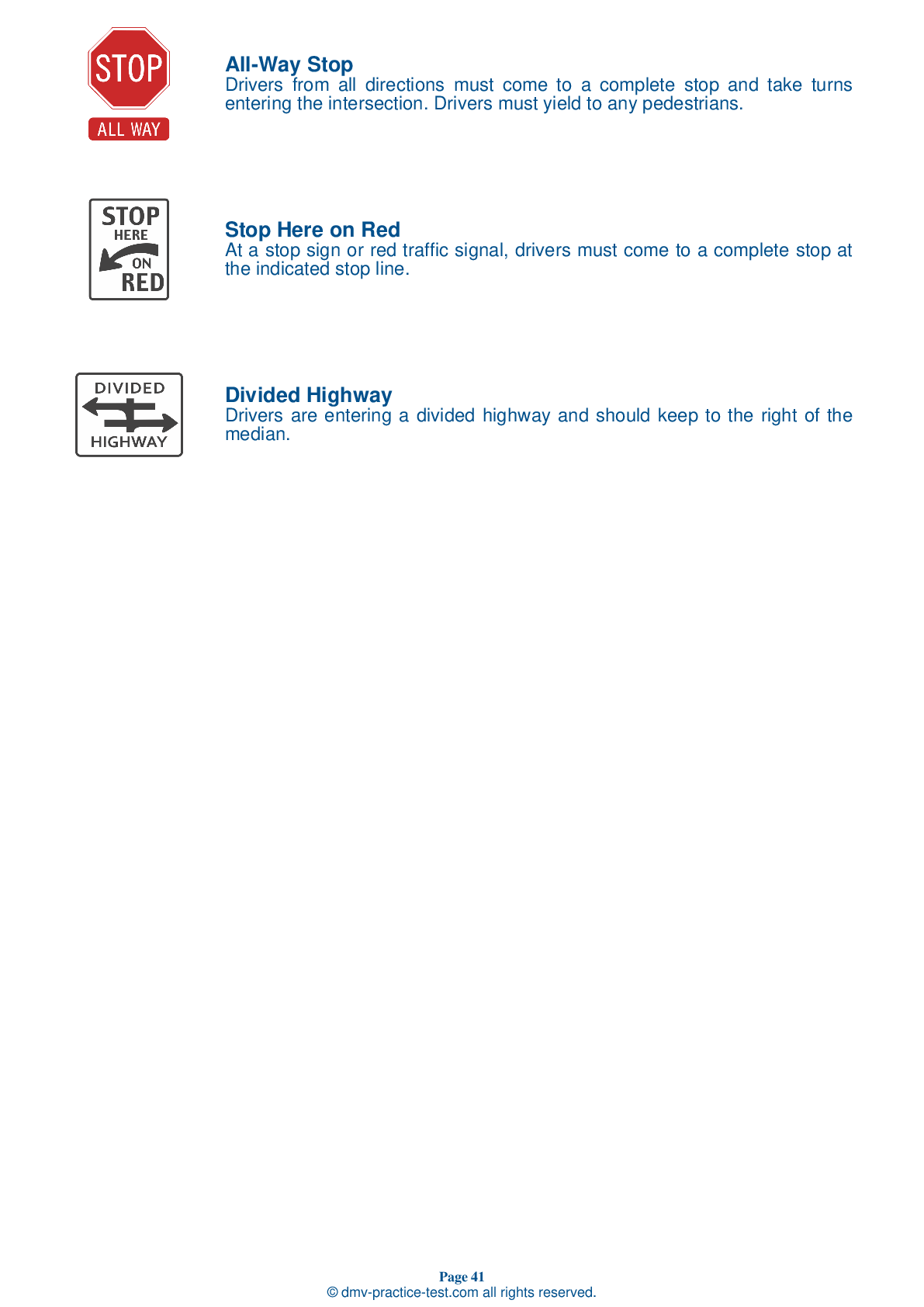FREE Montana DMV Practice Test #2
The Montana DMV practise exams for January 2025 have been updated. It comprises questions based on the most important traffic signals and laws for 2025 from the Montana Driver Handbook. To study for the DMV driving permit test and driver's licence exam, use actual questions that are very similar (often identical!) to the DMV driving permit test and driver's licence exam.
Each question on the practise exam has a tip and explanation to help you recall the ideas. Questions about traffic rules, traffic signs, and driving statutes, as well as knowledge from the Driver Handbook, will be included in the written portion of the official Montana DMV test.
You must properly answer 27 of the 33 questions to receive a passing mark. Take this Montana DMV practise test to help you prepare for your instruction permit or driver's licence.
The DMV exam is offered in a variety of languages.
Using any form of testing help will result in an automatic fail, and the DMV may take further action against your driver's licence, so avoid it.
1 . This sign means:
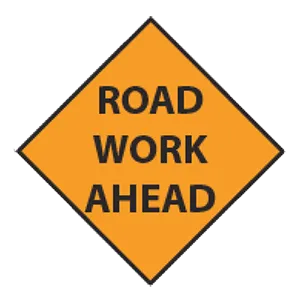
Construction and maintenance signs are orange-colored and are used to notify drivers of unusual or potentially dangerous conditions in or near work areas. This sign warns drivers that they are approaching a construction zone and that they should prepare to lower their speed and drive with extraordinary caution.
2 . When preparing to turn left, drivers should:
As you approach a left turn, signal your intentions three to five seconds in advance. Continually check your rearview mirror as you gradually slow down. On a multilane road, move into the left lane before reaching the intersection where you plan to turn. Yield to traffic and pedestrians and turn when your path is clear.
3 . Night driving can be more difficult than driving during the day because:
At night, your field of vision is reduced. To make sure you are able to react to hazards on the roadway, always use appropriate headlights. Drive slowly enough that you are able to stop within the distance that you can see ahead.
4 . An intersection has no traffic signs or signals. You arrive at the same time as a vehicle to your right. You should:
When two vehicles arrive to an uncontrolled intersection at the same time, the vehicle on the right has the right-of-way. Once the vehicle on the right has safely passed through the intersection, the other driver may proceed.
5 . A driver should be extra alert to motorcyclists, bicyclists, and pedestrians because:
In many collisions with motorcycles, bicycles, and pedestrians, drivers reported that they were looking but still did not see the smaller vehicle or pedestrian. These can be more difficult to spot in traffic than passenger vehicles because they are smaller, may move faster, and have less noticeable lighting. To prevent collisions with these smaller and less protected road users, drivers should always be alert to the presence of motorcycles, bikes, and pedestrians.
6 . This sign means:
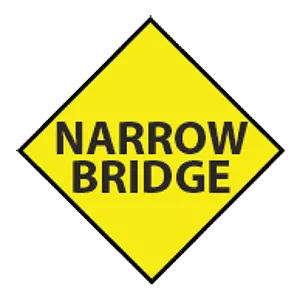
Warning signs are used to warn drivers about upcoming hazardous conditions and are usually yellow with black markings. This sign warns drivers that an upcoming bridge may be too narrow to meet or pass a truck and that they should be careful.
Need Car Insurance? No problem!
Compare the best rates in Montana and find a personalized policy that meets your needs.
1. Are You Currently insured ?
2. Married ?
3. Do you own your Home?
4. Do you have more than 1 car ?
5. Have you or a Family Member Honorably Served in U.S. Military ?
6. Your Name
7. Age
8. Zip code
IMPORTANT REMINDER:Auto Insurance is Mandatory to drive in Montana. Get covered before you hit the road to avoid any fines.
Ranked by best match

